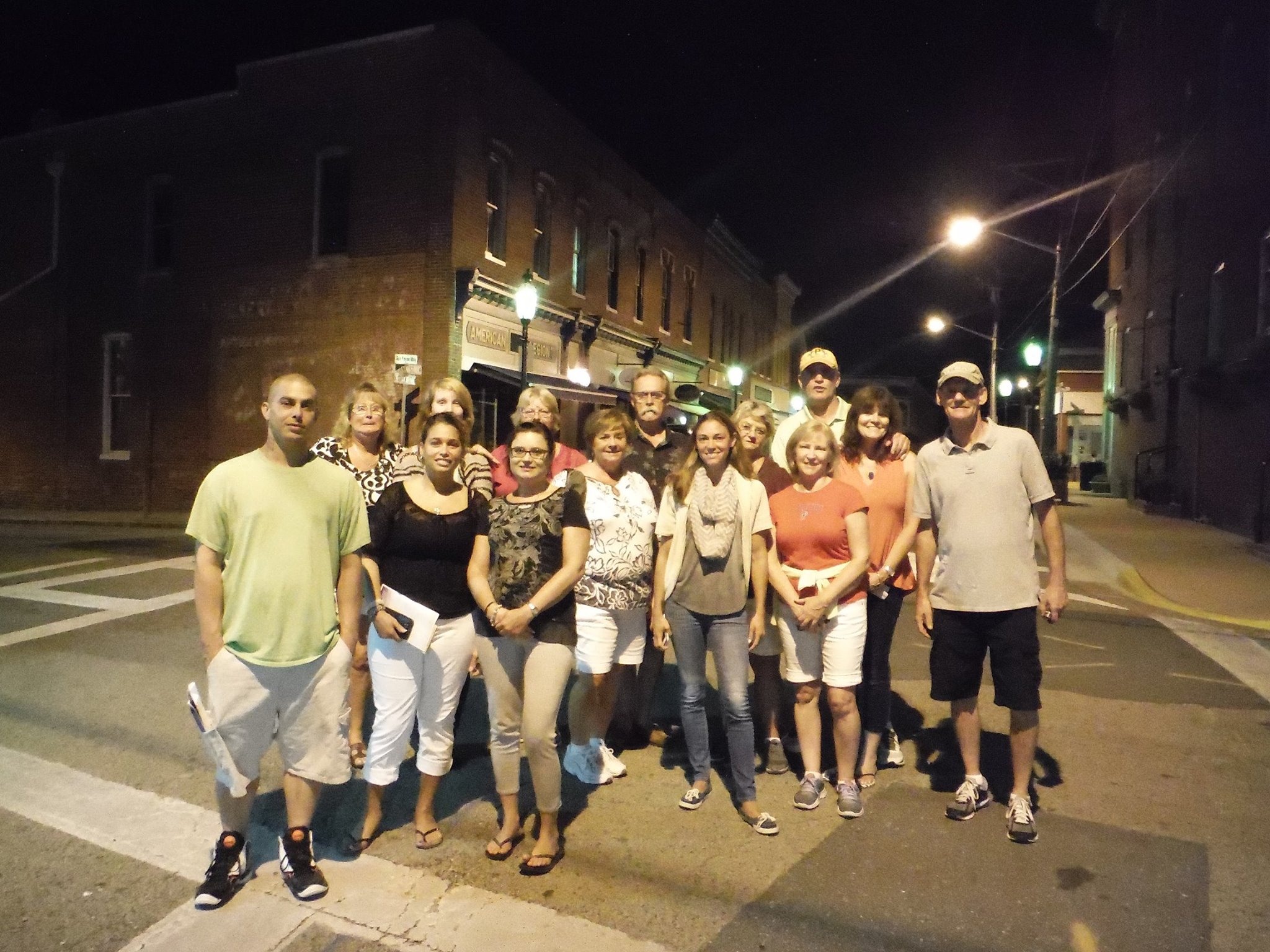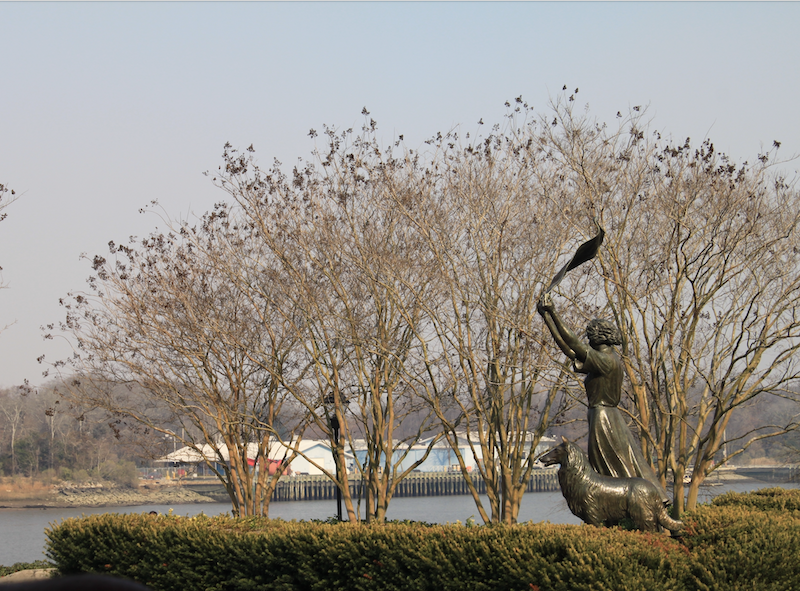The Ghost of the Snow Hill Inn is one of the best-known and most-told ghost stories on Delmarva. The building known as The Snow Hill Inn currently stands empty on East Market Street in Snow Hill, MD. It’s believed to be haunted by the ghost of William Aydelotte, a young pharmacology student who allegedly committed suicide so as not to disappoint his overbearing father. According to local lore, William has disturbed so many people over the years with his mischief that the site gained enough notoriety to become the only property on Maryland’s Eastern Shore to be featured as a haunted site on national television.
National Geographic Television Network featured the Snow Hill Inn on its Is it Real series back in 2005. Since shortly after that show aired, the building was vacated. Though it’s been sold several times since, the right owner hasn’t yet come along and the old Inn which also William’s childhood home has fallen into disrepair.
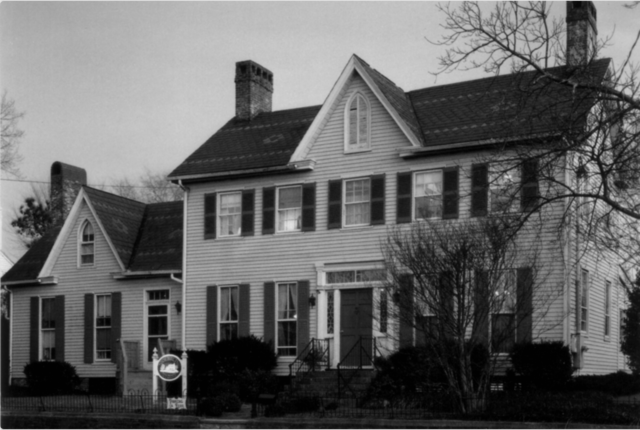
It was built around 1835 for a prominent landowner and businessman, Levin Townsend. In past years the Snow Hill Inn has served as as a private home, the town post office, the home of the town doctor, an apartment building and a well-known country Inn. As it stands empty seeming to want to shake its past karma, a local builder with a good reputation for restoring historic properties has taken ownership and is cleaning up the old relic.
Who Were the Aydelottes?
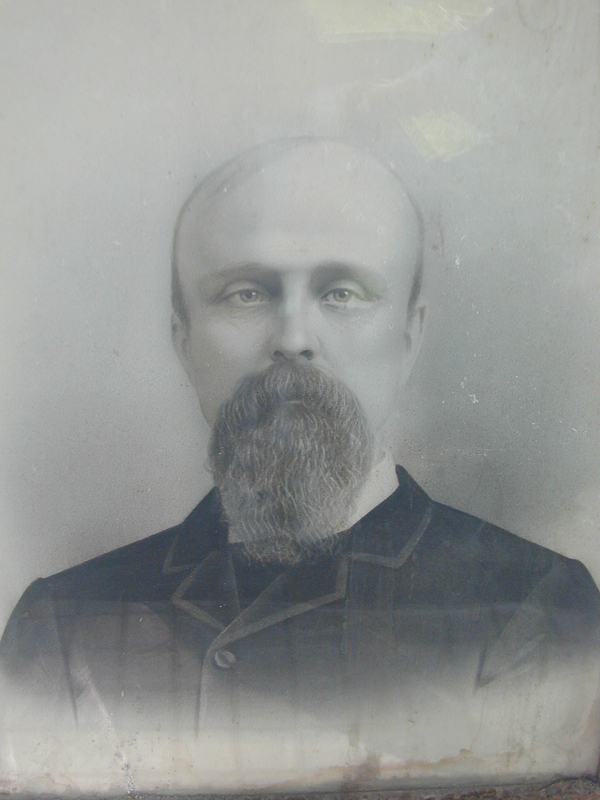
Dr. John S. Aydelotte occupied the house in the 1870’s and ran a medical practice from there for the Town of Snow Hill. He served as the town doctor into the twentieth century. One of Snow Hill’s senior residents can remember as a child seeing Dr. Aydelotte walking through the town streets with his cane in hand shooing away boisterous children. “He had no patience when he was old” was what Bill Kerbin, Sr. told me in an interview many years ago.
Dr. Aydelotte died in 1929 and is buried in Whatcoat Cemetery just a few blocks away form the old Inn which was then his home. He lies next to his wife Delia and son, William. And buried with this trio is the grief and guilt born by parents whose children end their own lives and the secret of what really happened to William Aydelotte.
William James Aydelotte was attending the University of Maryland’s School of Pharmacology in Baltimore. He was in love with a woman he’d met as a student Washington College, but she ended the relationship and according to friends and family, it nearly broke Williams poor heart.
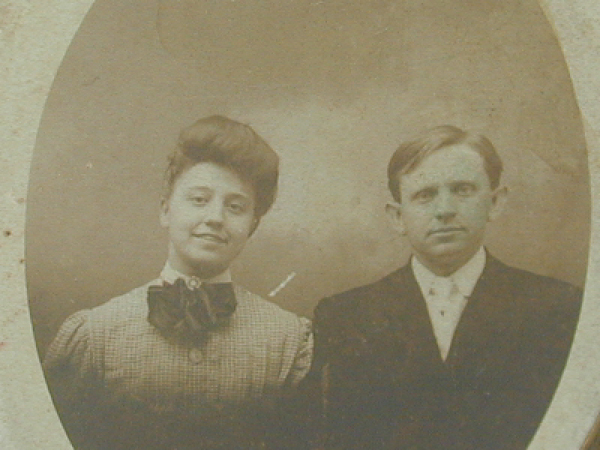
During his first year at Pharmacology school, William became sick. He missed many of his classes and was struggling academically. His friends said he’d rekindled that fragile relationship with his girlfriend, but know one knew the status of their romantic commitment at the time of William’s death.
He was 21 and the semester was ending. It was just before Christmas – December 14, 1904 when William ended his own life by apparently “cutting his own throat several times.”
He was staying in a Baltimore rooming house and the owner heard what sounded like moaning and a heavy “thump” on the floor. Her account of what happened appeared in the Baltimore Sun the following day.
While in his room at a Baltimore boarding house, William penned a note dated December 14, 1904 where he wrote…
“Dear Papa, … it is useless to keep me at school …”
The next morning, keeper of the boarding discovered William after hearing what sounded like someone falling and deep groans.
Hurrying upstairs, she opened the door and beheld the young man rolling on the floor, groaning and the blood flowing from several gashes across his throat.
From the appearance of the room, Mr. Aydelotte had evidently cut his throat while standing in front of the bureau. He is then believed to have walked to his bed and cut his throat twice again . . .”
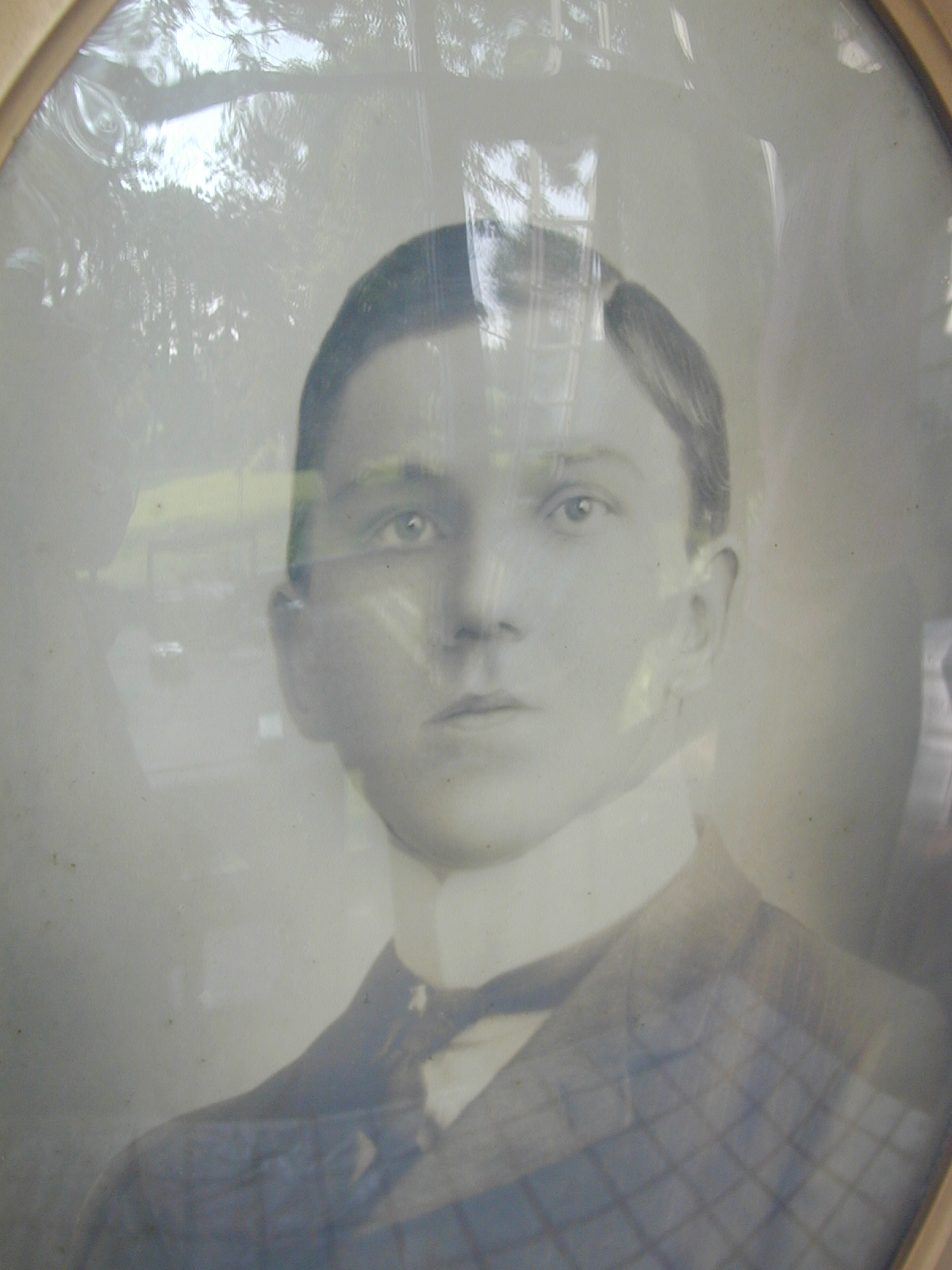
Actually, the note that William penned was found among his things buried in piles of paper. It was never finished and was discarded. Descendants of the Aydelottes have often questioned the circumstances of young William’s death.
The 1904 story in the paper was compiled in a single day. In those days the emergency services paramedics, the police and coroner were all the same guy. One person shows up, assesses the scene – dead body, razor, throat cut, note to father — must be a suicide.
There was no formal investigation apparently. The reporter gathered information from police who showed up at the scene, the coroner who accepted the body at the morg, the pharmacy school dean, the rooming house owner on West Franklin Street, and woman who provided William’s meals in her home. From the information he gathered, he wrote his interpretation of the facts and nothing more was ever questioned.
The reporter reveals details of William – a third-year pharmacy student – developing tonsillitis and being too ill to study, and Dr. Aydelotte writing the Dean inquiring after William’s progress. The article also reveals information about a “young lady” in Westminster with whom William had been corresponding and the exchange was abruptly discontinued. Then there are hints that the friendship between William and his Westminster lady friend had recently been renewed. Speculation (even if unjustified) could cause a body to wonder what (or who) really drove William over the edge.
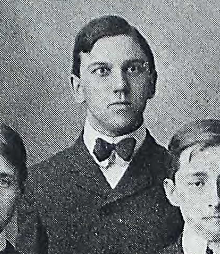
There’s also the issue that William was found on the bed and the razor was under the bed. William’s throat had been cut first in one part of the room (near his dresser) and then again in another part – near the bed. He ended up on the bed but the razor is under the bed.
Strange.
William’s sister Mildred married a Virginia State Senator named George Walter Mapp. They made their home in Accomack Virginia. Their son, G. Walter Mapp, II, a prominent attorney in Accomack was quoted in a 1993 follow-up article by the Baltimore Sun questioning whether or not William really did commit suicide.
“We didn’t talk about him. It was the great tragedy of our family. We never believed he killed himself.”
Whether William did himself in for fear of disappointing his father or out of despair over a lost love — or both; or whether he “was done in” by someone who wanted him gone, many today believe his unrestful spirit haunts the Snow Hill Inn.
The Haunting of the Snow Hill Inn
When the home was purchased and converted to an Inn / Restaurant, the Innkeepers who believed that a young man had committed suicide in the house, didn’t know his name. But they and others certainly felt his presence and were often the brunt of his mischievous pranks. They dubbed him “J.J.” And J.J. became famous.
The Innkeepers, contractors, guests, children, employees and town’s people all have stories of the young man who roams the halls of the Inn, locking doors, opening windows, turning lights off and on, setting fire alarms, appearing in mirrors, shaking beds with sleeping guests in them, extinguishing candles, lighting the fireplaces and more.
Because there have been so many accounts of paranormal activity from unrelated sources over a long period of time, the Snow Hill Inn and William have become famous. Oddly enough, there is no account of hauntings or strange events prior to the home being converted into an Inn that included a local restaurant and bar. I interviewed residents who lived there when it was rental property and there were apparently no issues.
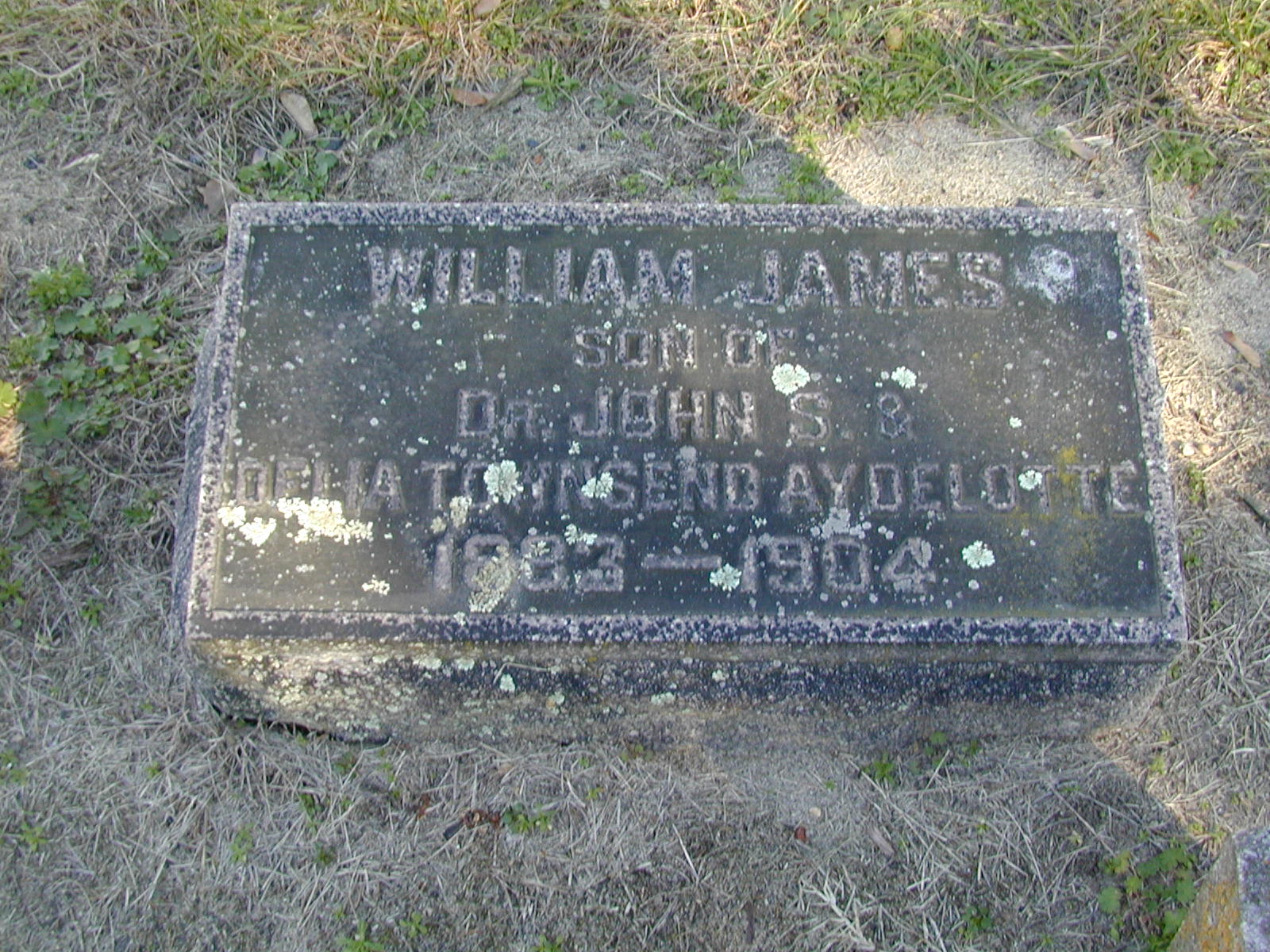
Undoubtedly, the Snow Hill Inn has had more ghostly encounters (some documented) with more groups of unrelated people than any other single site on the Lower Shore – but this is because it was a place open to the public.
Paranormal specialists and mediums have visited including a medium brought in by NatGeo Television Network and all have assessed a presence. One psychich medium spent time in the Barrister Room which is believed to have been William’s room as a boy. It was there – in the Barrister room that she encountered the ghost – and spoke to him.
She confirmed that there was a spirit, it was a young man – and it was William.
William told her that he did, in fact commit suicide, He shared secrets of emotional trauma with the medium that she felt were best not to reveal. She did, however, state that “William had some serious issues that he has not yet resolved.”
To hear more and see the Inn up close (from the outside), register to attend a Snow Hill Ghost Walk.
Information for this article was obtained from the following sources:
Baltimore Sun – December 16, 1904
Baltimore Sun – August 14, 1993
Along the Seaboard Side by Paul Baker Touart
Conversations with the Aydelotte and Mapp families
Conversations with numerous Snow Hill residents including Bill Kerbin, Sr.
Photos (except gravestone) courtesy of the Aydelotte family
The Snow Hill Ghost Tour stops in front of the Snow Hill Inn, along with eight other stops including the cemetery where the Aydelottes are buried. Check out our Tour Calendar to find the next Snow Hill tour.
